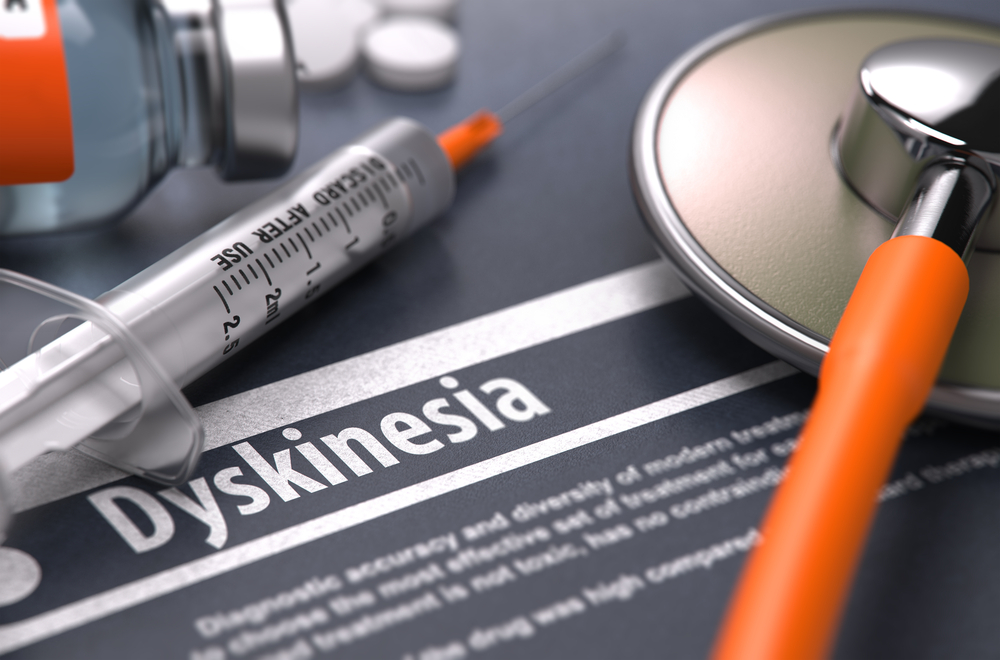Recognizing the Signs and Managing Huntington’s Disease
Learn to recognize early signs of Huntington’s disease, understand diagnostic methods, and explore management options including medications, therapy, and lifestyle changes. Early detection and comprehensive care are crucial as the disease advances, helping patients maintain quality of life despite symptoms. This guide offers practical insights for patients and caregivers navigating this hereditary neurological disorder.

Recognizing the Signs and Managing Huntington’s Disease
Huntington’s disease is a hereditary neurological condition that damages brain cells, leading to severe impairment and often fatal outcomes. Typically manifesting in individuals during their 30s or 40s, it can rarely appear in children. Early detection of symptoms is essential for managing the disease, despite the lack of a cure.
Initial Signs
Changes in handwriting
Difficulty performing daily physical tasks
Restlessness and clumsiness
Mild twitching in fingers, toes, or face
Alongside physical changes, subtle emotional and cognitive symptoms may also emerge.
Impulsivity
Short-term memory trouble
Depression and irritability
Difficulty adapting to new routines
Diagnosing Huntington’s disease involves multiple tests since early symptoms are often nonspecific. Key assessments include:
Neurological Tests
Reflex and muscle strength evaluations
Coordination, balance, and touch sensitivity
Eye movement and hearing checks
Neurophysiological Assessments
Memory and language abilities
Cognitive sharpness and reasoning
Spatial awareness tests
Psychiatric Evaluations
Behavioral analysis
Judgment, coping skills, and thought patterns
Brain imaging methods like MRI and CT scans help identify structural brain changes, especially as the disease advances. Genetic testing offers definitive diagnosis, especially for those without family history.
As Huntington’s progresses, physical symptoms intensify, including facial, neck, and limb spasms, rigid muscles, seizures, depression, and bipolar disorders. Cognitive decline leads to difficulties focusing, behavioral rigidity, impulsivity, slow thinking, and learning challenges. Although incurable, symptoms can be managed through medications and therapies that improve quality of life. Delaying progression hinges on maintaining physical and mental activity, proper nutrition, and mental challenges like puzzles. Medications such as tetrabenazine, antipsychotics, antidepressants, and mood stabilizers help control symptoms. Psychotherapy, speech therapy, and occupational therapy are vital in managing behavioral, communication, and daily living challenges, helping patients adapt to disease progression. Planning for future care is essential for patients and families, involving healthcare professionals and support groups for comprehensive management.










